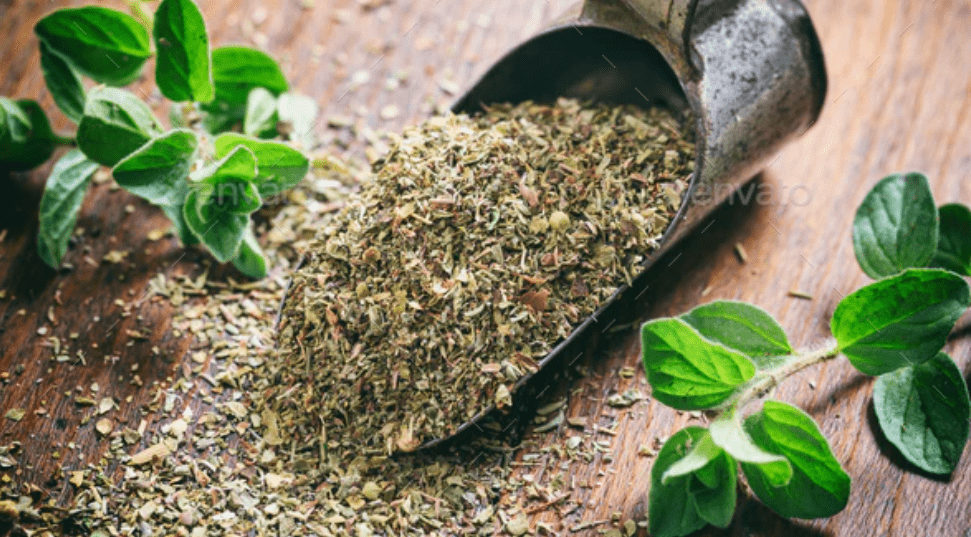
Propagating Oregano: From Cuttings to a Bountiful Harvest
Propagating oregano is a simple and rewarding way to ensure a continuous supply of this versatile and aromatic herb in your garden. Whether you’re a seasoned gardener or a beginner, following these essential tips will help you successfully propagate oregano from cuttings, ensuring a bountiful harvest of fresh oregano for your culinary and medicinal needs.
Table of Contents
ToggleUnderstanding Oregano
A. Botanical name and classification
Oregano, also known as Origanum vulgare, is a perennial herb in the mint family, Lamiaceae. It is native to the Mediterranean region and is commonly used in cooking due to its strong, savory flavor.
B. Types of oregano
1. Common oregano (Origanum vulgare)
– This is the most widely cultivated type of oregano and is known for its strong flavor and aroma.
2. Greek oregano (Origanum heracleoticum)
– This variety is considered the true oregano and is known for its robust flavor and aroma.
3. Italian oregano (Origanum majorana)
– Also known as sweet marjoram, this variety has a milder flavor compared to common oregano.
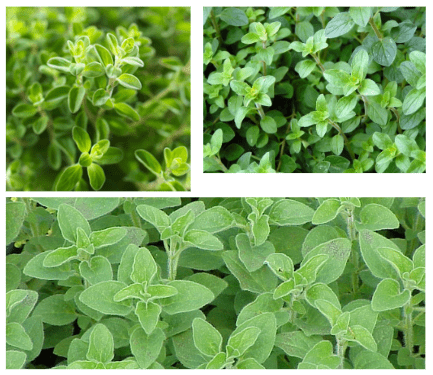
C. Uses of oregano in cooking and medicinal applications
In cooking, oregano is commonly used to flavor a wide variety of dishes, including pizza, pasta, and meat dishes. It is often used dried or fresh and can be added to dishes as a seasoning or as a garnish. Medicinally, oregano has been traditionally used to treat respiratory and digestive issues, as well as to boost the immune system. Its essential oils have also been studied for their potential antimicrobial and antioxidant properties.
D. Benefits of Propagating Oregano
Propagating oregano can be a great way to ensure a steady supply of this versatile herb. Oregano plants are relatively easy to propagate from cuttings or by dividing existing plants, making it an accessible option for home gardeners. By growing your own oregano, you can have access to fresh, flavorful herbs for cooking and potentially reap the medicinal benefits of this plant as well. Plus, oregano is a hardy and low-maintenance herb, making it a great addition to any garden.
Preparing for Propagation
A. Choosing the Right Time for Propagation
The best time to propagate oregano is in the spring or early summer when the plant is actively growing. This will give the cuttings or divided plants the best chance of success. It’s also important to choose healthy, disease-free plants to propagate from, as this will increase the likelihood of success. Additionally, make sure to provide the newly propagated oregano with well-draining soil and plenty of sunlight to encourage healthy growth.
B. Selecting Healthy Parent Plants
When selecting healthy parent plants for propagation, look for ones that are free of disease and have strong, vibrant growth. It’s important to choose plants that are at their peak health and vitality to increase the chances of success for the new plants. Additionally, consider the age of the parent plant – younger plants tend to propagate more easily. It’s also important to consider the variety of oregano you’re propagating, as some varieties may be more suited to propagation than others.
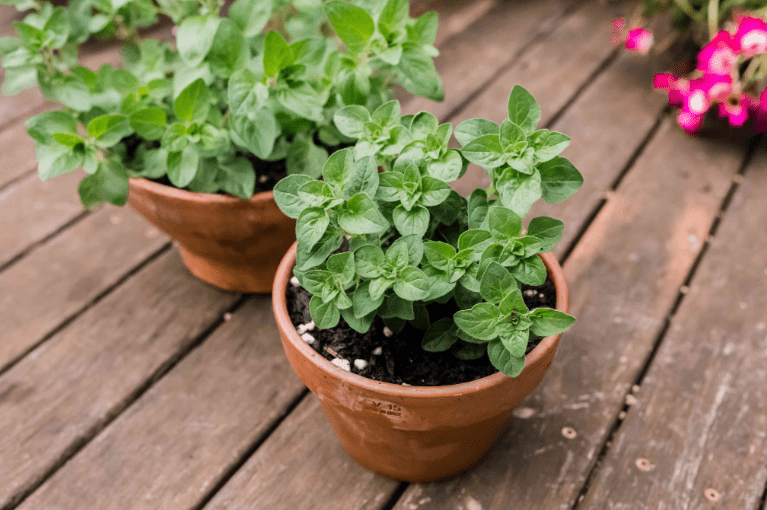
C. Gathering Necessary Tools and Materials
When gathering necessary tools and materials for propagating oregano, you will need well-draining soil, pots or containers, a sharp pair of pruning shears, and a small trowel for planting. It’s important to use a high-quality potting mix that provides good drainage to prevent root rot. Ensure that the pots or containers have drainage holes to allow excess water to escape. Additionally, make sure to provide the newly propagated oregano with plenty of sunlight to encourage healthy growth. Proper care and attention to detail will increase the likelihood of successful propagation.
Methods of Propagating Oregano
A. Propagating Oregano from Cuttings
To propagate oregano from cuttings, you will need to carefully select healthy stems from an established oregano plant. Using sharp pruning shears, cut 4-6 inch stems from the parent plant, making sure to include several sets of leaves. Remove the lower sets of leaves to expose the nodes where roots will form. Dip the cut end of the stem in a rooting hormone powder to encourage root growth, then plant the stem in a small pot filled with well-draining soil. Keep the soil consistently moist and provide the cutting with plenty of sunlight to encourage root development. After a few weeks, the cutting should develop a strong root system and can be transplanted into a larger container for continued growth.
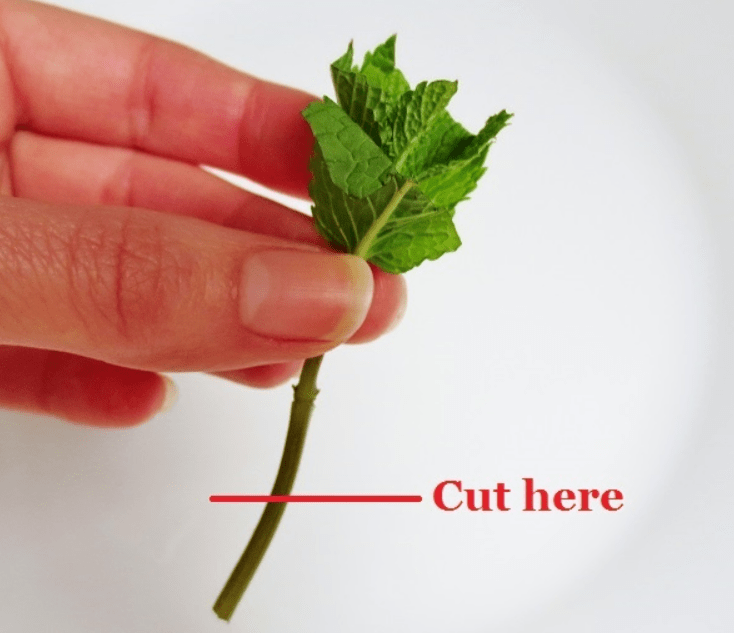
B. Propagating Oregano from Division
To propagate oregano from division, you will need to carefully dig up an established oregano plant and gently separate it into smaller sections, making sure each section has its own root system. Replant the divided sections in a new location or container with well-draining soil and provide them with plenty of sunlight and water. The new divisions should establish themselves and continue to grow as individual plants.
C. Propagating Oregano from Seeds
To propagate oregano from seeds, start by planting the seeds in a well-draining soil mix in a small container. Keep the soil consistently moist and place the container in a warm, sunny location. Once the seeds germinate and the seedlings have a few sets of leaves, you can transplant them into larger containers or directly into the garden. Oregano seeds typically take 7-14 days to germinate, so be patient and continue to provide the seedlings with sunlight and water as they grow. With proper care, the seedlings will develop into healthy oregano plants.
Caring for Oregano Cuttings
A. Providing Optimal Conditions for Rooting
To provide optimal conditions for rooting oregano cuttings, start by taking cuttings from a healthy oregano plant, making sure they are 3-4 inches long with several sets of leaves. Remove the lower sets of leaves from the cutting and dip the cut end in a rooting hormone to encourage root growth. Plant the cutting in a well-draining soil mix and keep the soil consistently moist. Place the container in a warm, sunny location and cover it with a plastic bag to create a humid environment for the cutting. Check the cutting regularly for roots, which should begin to develop within a few weeks. Once the cutting has developed a healthy root system, it can be transplanted into a larger container or directly into the garden. With proper care, the cutting will continue to grow and thrive as a mature oregano plant.
B. Watering and Feeding
Water the oregano plant regularly, keeping the soil evenly moist but not waterlogged. Allow the soil to dry slightly between waterings to prevent root rot.Fertilize the oregano plant with a balanced, water-soluble fertilizer every 4-6 weeks during the growing season to promote healthy growth and development. Avoid over-fertilizing, as this can lead to decreased flavor in the leaves.
C. Monitoring and Troubleshooting
Monitor the oregano plant for any signs of pests or diseases, such as yellowing leaves or wilting. If you notice any issues, take appropriate action to address them, such as using organic pest control methods or adjusting watering and feeding practices. Regularly inspect the plant to ensure it remains healthy and free from any problems. By providing the right care and attention, you can help your oregano plant thrive and continue to provide fresh, flavorful leaves for your culinary endeavors.
Transplanting and Growing On
A. Transplanting Rooted Cuttings
When transplanting rooted cuttings of oregano, it’s important to do so carefully to avoid damaging the delicate roots. Choose a well-draining potting mix and a container with drainage holes to prevent waterlogged soil. Gently remove the rooted cuttings from their original container and place them into the new pot, making sure the soil is firmly packed around the roots. Water the newly transplanted oregano thoroughly and place it in a sunny location. With proper care, the oregano cuttings should continue to grow and thrive in their new pot. Remember to monitor the plant for any signs of stress and adjust care as needed.
B. Long-Term Care for Oregano Plants
Long-term care for oregano plants involves providing them with the right growing conditions and regular maintenance. Oregano thrives in well-draining soil and prefers a sunny location, so make sure to place your oregano plant in a spot that receives plenty of sunlight. Water the oregano plant when the top inch of soil feels dry, but be sure not to overwater as oregano is susceptible to root rot. Fertilize the plant with a balanced fertilizer every 4-6 weeks during the growing season to promote healthy growth.
Prune your oregano plant regularly to encourage bushy growth and prevent it from becoming leggy. Simply trim the stems back to control the plant’s size and shape. Additionally, keep an eye out for pests and diseases, and address any issues promptly to prevent them from spreading to other plants.
With proper care, oregano plants can be long-lasting and provide you with a continuous supply of flavorful leaves for your culinary use.
C. Overwintering Oregano
Overwintering oregano can be done by bringing the plant indoors before the first frost. Place it in a sunny location and water sparingly, allowing the soil to dry out between waterings. Consider pruning the plant back to encourage new growth. With the right care, your oregano plant can survive the winter and continue to thrive for years to come.
Utilizing Your Oregano Harvest
A. Harvesting Oregano
When harvesting oregano, it’s best to wait until the plant is at least 6 inches tall. You can start harvesting the leaves once the plant has reached this size, and you can continue to do so throughout the growing season. It’s best to harvest in the morning when the oils are at their peak. Simply snip off the stems with scissors or pruners, leaving about 4-6 inches of growth on the plant to allow for regrowth. The leaves can be used fresh or dried for later use. Be sure to harvest regularly to encourage new growth and keep the plant healthy.
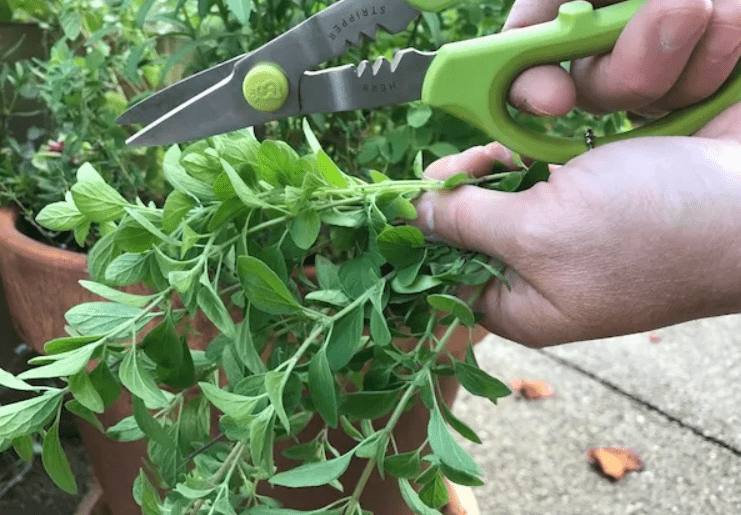
B. Preserving Oregano
To preserve oregano, there are a few different methods you can use. One option is to dry the leaves by hanging them upside down in small bunches in a warm, well-ventilated area. Once dried, you can store the leaves in an airtight container for future use.
Another method is to freeze the leaves by placing them in ice cube trays and covering them with water or olive oil. Once frozen, you can transfer the cubes to a freezer bag for easy use in cooking.
You can also make oregano-infused oil by placing fresh oregano leaves in a jar and covering them with olive oil. Let the mixture sit for a few weeks, then strain out the leaves and store the infused oil in a dark, cool place.
No matter which preservation method you choose, be sure to label and date your oregano for future reference. This will help you keep track of its freshness and potency.
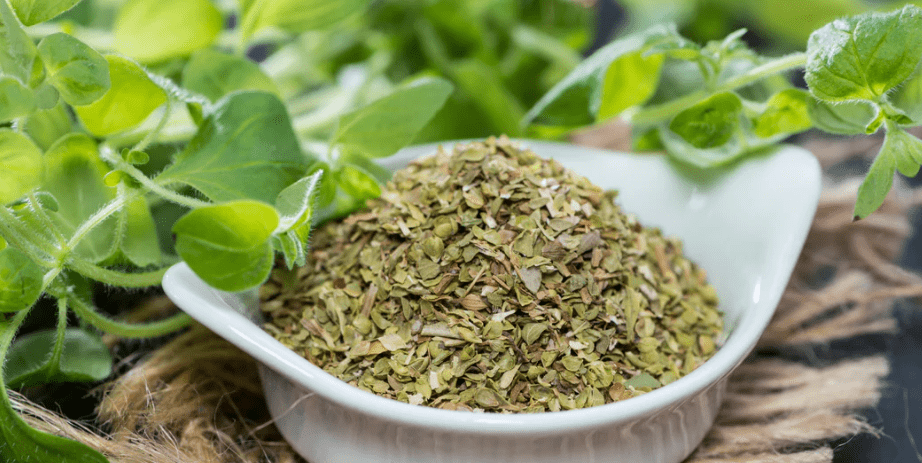
C. Using Fresh and Preserved Oregano
Another method for preserving oregano is to freeze the leaves by placing them in ice cube trays and covering them with water or olive oil. Once frozen, you can transfer the cubes to a freezer bag for easy use in cooking. Additionally, you can make oregano-infused oil by placing fresh oregano leaves in a jar and covering them with olive oil. Let the mixture sit for a few weeks, then strain out the leaves and store the infused oil in a dark, cool place. It’s important to label and date your oregano regardless of the preservation method you choose, as this will help you keep track of its freshness and potency for future use.
In conclusion, propagating oregano from cuttings is a simple and rewarding process that can lead to a bountiful harvest. By following our step-by-step instructions and tips, you can successfully grow oregano in your garden or indoor space. With the right care and attention, you can enjoy a plentiful supply of fresh oregano for culinary use or for its medicinal properties. Happy propagating!
Frequently Asked Questions (FAQs)
To propagate oregano from cuttings, simply snip a few healthy stems from an established plant, remove the lower leaves, and place the stems in a glass of water. Once roots have formed, transfer the cuttings to a pot with well-draining soil.
Oregano cuttings typically take about 2-3 weeks to develop roots when placed in water.
Oregano thrives in well-draining soil and plenty of sunlight. It is also drought-tolerant, so be sure not to overwater it.
You can start harvesting oregano once the plant has reached about 6 inches in height. Regular harvesting will encourage the plant to produce more leaves.
Yes, oregano can be grown indoors as long as it receives plenty of sunlight. Consider placing it near a sunny window or using grow lights.
To promote bushy growth and a bountiful harvest, prune oregano regularly by snipping off the tips of the stems. This will encourage new growth and prevent the plant from becoming leggy.
Oregano has medicinal properties and can be used in herbal remedies. It also attracts beneficial insects to the garden.
Harvested oregano can be dried by hanging the stems upside down in a well-ventilated area. Once dried, store the leaves in an airtight container away from direct sunlight.
